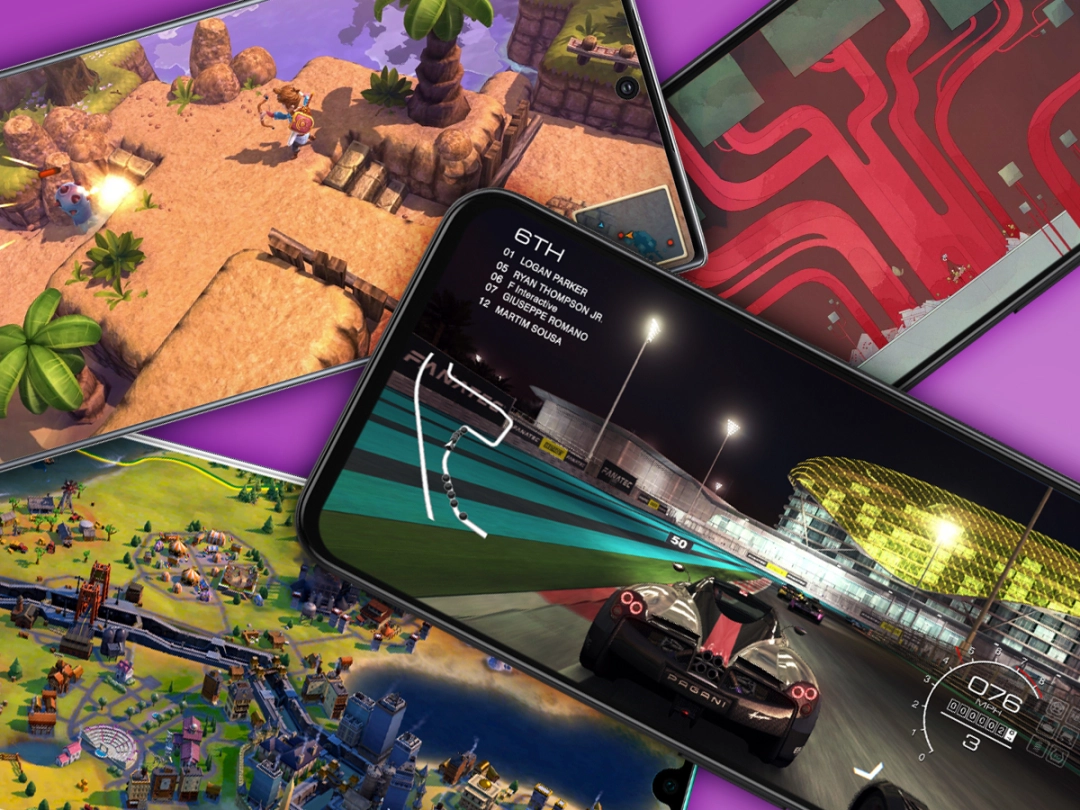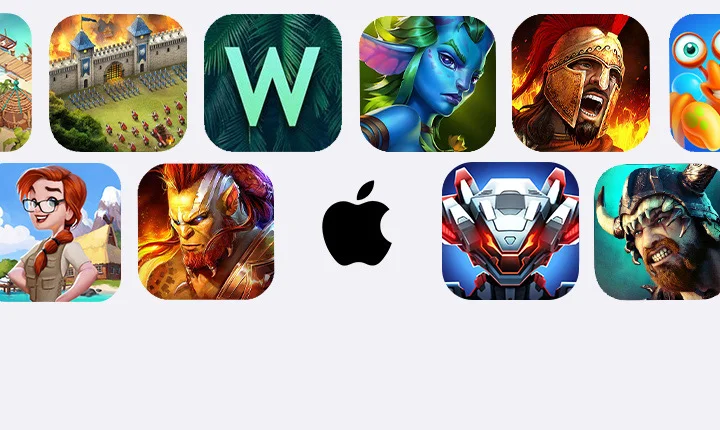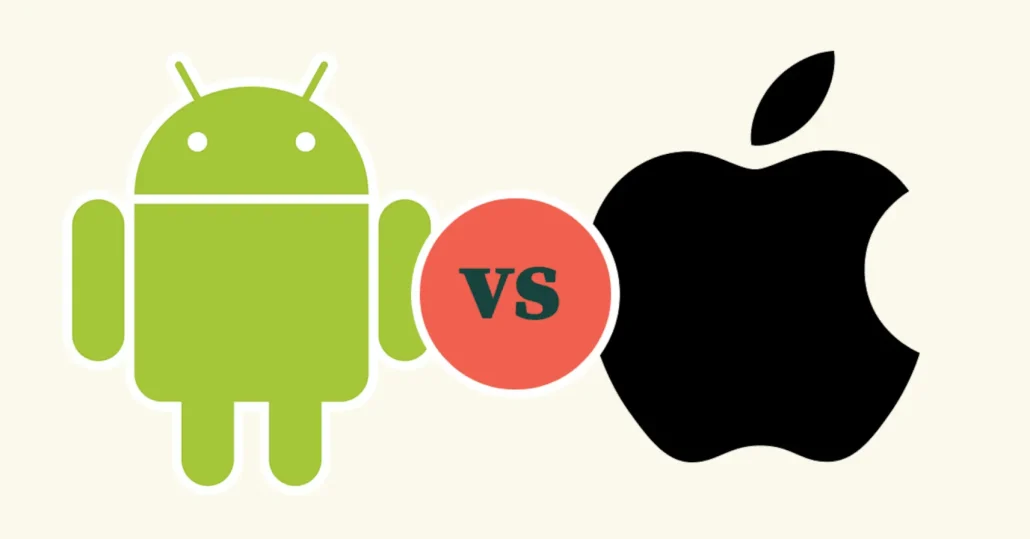In the ever-evolving landscape of mobile gaming, the rivalry between Android and iOS platforms has given rise to a dynamic ecosystem of game development. The surge in mobile game popularity has made it crucial for developers to comprehend the nuances of both Android and iOS game development. From market dynamics to technical intricacies, this exploration will delve into the essential aspects of each platform, shedding light on the differences, market shares, development tools, revenue models, and specific features that define the Android and iOS gaming experiences. So, fasten your seatbelts as we embark on a journey through the realms of Android and iOS game development, unravelling the key elements that shape the future of mobile gaming.
The Importance of Mobile Game Development
Mobile game development has become an integral component of the ever-expanding digital entertainment industry, playing a pivotal role in shaping the way individuals engage with technology. As smartphones have become ubiquitous, the demand for captivating and innovative games on mobile platforms has skyrocketed. Mobile gaming not only caters to diverse audiences but also provides developers with a vast and dynamic market to showcase their creativity. The importance of mobile game development extends beyond mere entertainment, influencing social interactions, fostering community engagement, and serving as a powerful tool for businesses to connect with their target audience.
Android Game Development
Android game development stands at the forefront of the rapidly expanding mobile gaming industry, offering developers a versatile and dynamic platform for creating immersive gaming experiences. As an open-source operating system, Android provides a fertile ground for innovation and diversity in game development stages. The widespread adoption of Android devices across various manufacturers ensures a vast user base, presenting developers with a broad audience for their games.
One of the key advantages of Android game development lies in its flexibility. The Android platform supports a wide range of devices, from smartphones and tablets to smart TVs and wearables. This diversity encourages developers to create games that cater to different screen sizes, resolutions, and hardware capabilities. Moreover, the Google Play Store, the primary distribution platform for Android apps, facilitates easy access for users and offers developers a global marketplace to showcase and monetize their games.


Android game development typically involves the use of Java and Kotlin programming languages combined with powerful development frameworks such as Unity or Unreal Engine. These frameworks streamline the development process, providing tools for graphics rendering, physics simulation, and overall game logic. The Android Studio IDE (Integrated Development Environment) serves as a comprehensive toolkit for developers, offering debugging, testing, and performance optimization features.
Monetization strategies for Android games vary, ranging from traditional premium models to freemium models with in-app purchases and advertisements. The flexible revenue models enable developers to choose the approach that aligns best with their game’s concept and target audience.
In summary, Android game development offers an expansive and diverse landscape for developers to create engaging and innovative games. The combination of a vast user base, versatile hardware support, and a robust development ecosystem positions Android as a powerhouse in the mobile gaming industry.
iOS Game Development
iOS game development stands as a cornerstone of the mobile gaming industry, characterized by a commitment to quality, innovation, and a dedicated user base. Apple’s iOS ecosystem, present on iPhones, iPads, and other Apple devices, provides a controlled and refined environment for game developers. This controlled ecosystem ensures a consistent user experience across devices, making iOS game development an attractive choice for developers aiming for a polished and seamless player experience.
One of the defining features of iOS game development is the use of Swift, Apple’s programming language specifically designed for iOS and macOS development. Swift offers a modern and expressive syntax, enhancing developer productivity and contributing to the creation of high-performance games. Additionally, iOS game developers often leverage the powerful graphics capabilities of Metal, Apple’s low-level graphics API, to deliver visually stunning and immersive gaming experiences.
The App Store, Apple’s exclusive distribution platform, serves as a showcase for iOS games, providing a vast and engaged user base. The App Store’s strict quality control ensures that only well-designed and high-quality games reach the audience, contributing to the platform’s reputation for hosting premium gaming content.


Monetization strategies for iOS games commonly include premium pricing, in-app purchases, and subscriptions. The App Store’s robust payment infrastructure and the willingness of iOS users to spend on quality content make it a lucrative platform for developers.
In conclusion, iOS game development offers a premium and controlled environment for developers to craft exceptional gaming experiences. With a focus on quality, a dedicated user base, and powerful development tools, iOS continues to be a leading force in shaping the landscape of mobile gaming.
What Is the Difference? Android and iOS Game Development


Understanding the distinctions between Android and iOS and game development is crucial for developers navigating the dynamic landscape of mobile app creation. Each platform comes with its unique characteristics, influencing not only the development process but also the overall user experience. Delving into the nuances of iOS vs Android game development unveils the key factors that developers must consider to tailor their apps to the specificities of each operating system.
Market Share and User Base
One of the primary differences between Android and iOS game development lies in their market share and user base. Android, with its open-source nature and availability on a multitude of devices from various manufacturers, boasts a larger market share globally.
In contrast, iOS, exclusive to Apple devices, maintains a substantial user base known for high engagement and spending. Developers need to weigh the reach and diversity of Android against the premium user base of iOS when deciding where to focus their efforts.
Development Tools and Environments
Android and iOS game development involves distinct tools and environments. iOS development predominantly relies on Apple’s integrated development environment (IDE) called Xcode and the Swift programming language. In contrast, Android development often uses Android Studio with Kotlin or Java. Navigating these different tools requires developers to adapt their skills and workflows to the specific requirements of each platform, influencing the development experience.
Revenue Models
The revenue models for apps also vary between iOS and Android. Apple’s App Store traditionally has a user base willing to pay for premium apps, leading to potentially higher revenue for developers. On the other hand, Android apps often leverage alternative revenue models, such as in-app advertisements and freemium models. Developers must align their monetization strategy with the expectations and behaviours of each platform’s user base.
Platform-Specific Features
iOS and Android offer unique features that developers can leverage to enhance user experiences. From the intuitive gestures on iOS devices to the customization options and diverse screen sizes on Android, developers need to tailor their apps to make the most of these platform-specific features. Adapting to these distinctions ensures apps feel native and optimized for the intended platform.
Graphics and Performance
Graphics and performance considerations play a crucial role in iOS vs Android development. While both platforms support high-quality graphics, the optimization process may differ. Developers need to account for the varied hardware specifications on Android devices and the standardized, tightly controlled ecosystem of iOS to deliver smooth and visually appealing experiences on both platforms.
Conclusion
In conclusion, the realm of mobile game development encompasses a dynamic interplay between the iOS and Android platforms, each presenting distinct opportunities and challenges. Recognizing the nuances in market share, user base, development tools, revenue models, platform-specific features, and graphics and performance is fundamental for developers aiming to create successful and engaging mobile games.
The choice between Android and iOS game development should align with the specific goals of the app and the preferences of the target audience. Ultimately, a nuanced understanding of the differences between iOS and Android, coupled with strategic decision-making, empowers developers to navigate the intricacies of the mobile landscape and deliver exceptional gaming experiences.


